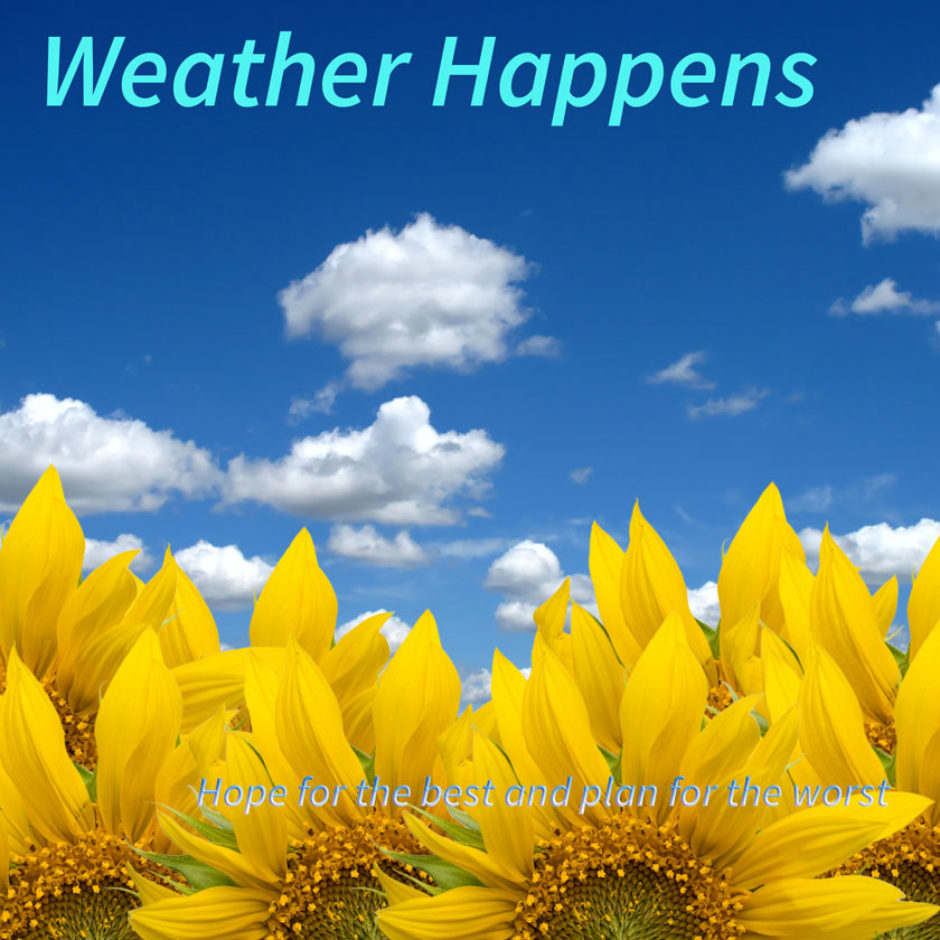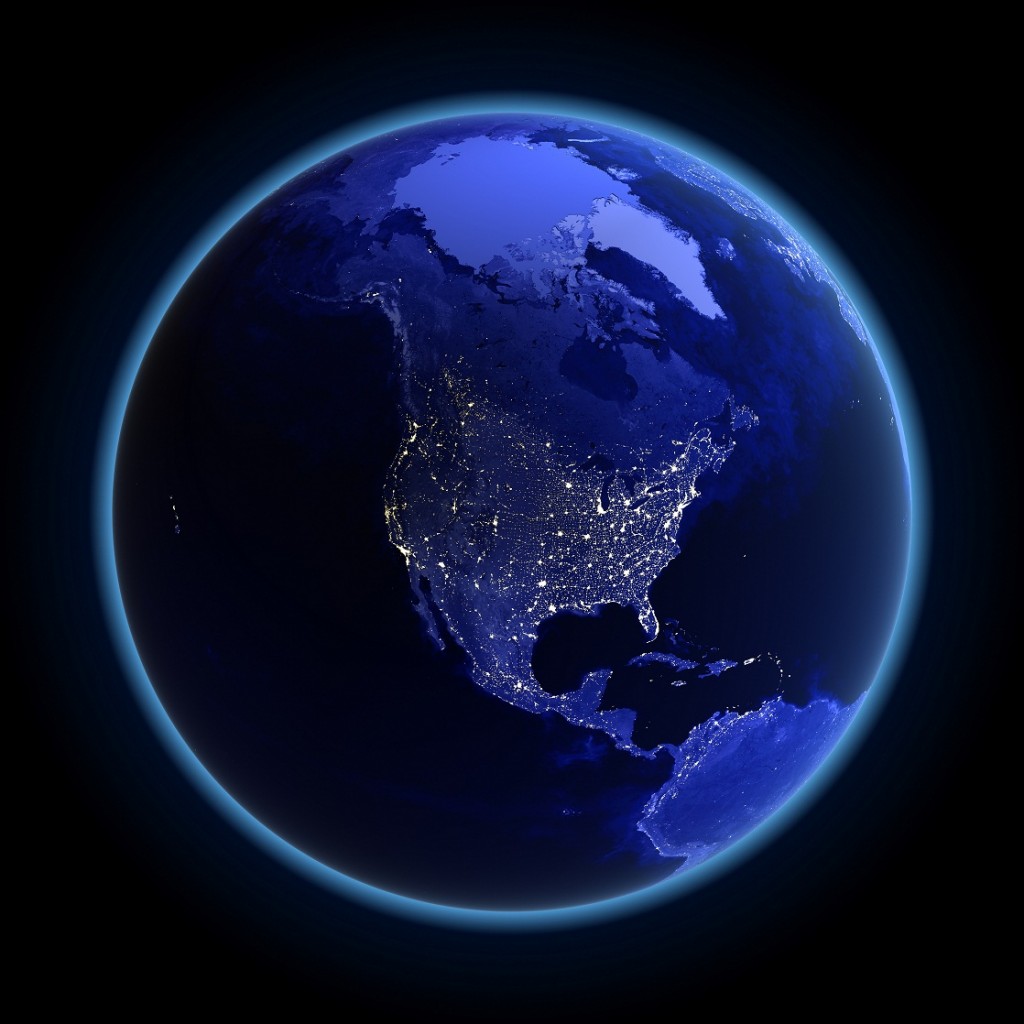The impact of global weather, particularly polar wind, is now only being considered, as the many areas of the world seem to be changing with the warmer and colder weather we have been seeing in the last few years. It is often shown to be warmer in North America, when it is colder in Siberia and parts of Asia and Europe. For the most part, the polar wind has shifted in a way in the winter of 2011-2012, that benefits warmer winter conditions for North America. The lack of precipitation, colder winter days and nights, has been very evident for the winter of 2011 and 2012.
Polar Wind Stream is the Arctic Oscillation Effect
Changes in the atmosphere are not always just based on pacific weather systems like El Niño or La Nina. The Southern Oscillation Effect, or El Nino, is the pacific wind that impacts North America mostly in the winter, but it can impact a summer condition as well. Blamed for weather in the west and the southern parts of America and Mexico, this warm water mass, can bring an impact on the jet stream, and how much moisture it travels across.
Similarly, in the polar wind stream or the Arctic Oscillation Effect, the winds are contained by the pressure variations around the northern polar cap. When the pressures are positively phased, the coldest air is kept near the polar caps, or over the Siberian Deserts and Mountains. The areas of Scandinavia and Northern Alaska see great precipitation and cold.
Eventually the Polar Wind Changes
As the positive effects of the arctic oscillation moves in a negative phase, the northern trade winds, push their moisture to the North American jet stream, and the wet, cold effect is felt. The winter snows, and cold temperatures that this phase creates is a common effect that most of North Canada and that Northern United States have prepared for. Alaska winters in this phase can be mild, and there will be more wet conditions across the Colorado and Nebraska Plains.
The change in negative phases recently, has ensured that their were more colder temperatures, but the fact that the soil temperatures have stayed fairly warm this winter during the Polar Wind positive phase, as shown that the remainder of 2011 and 2012 will be warmer than the 2010-2011 winter was in contrast.
Global Warming or Polar Wind Normal Oscillation?
So is this weird wind convergence the beginning of the global warming trend? The fact is, we are currently at the warmest average temperature that has ever been recorded, with a new average of 1 degree of warmth in average global temperature. The scientists that are predicting the global warming trend, see this as an a very ominous predictor of a warming trend to continue. The fact that our population on earth continues to expand, and our limited resources are becoming visibly restricted in poorer parts of the world, shows that the growth of warming will continue.
Polar winds are only one part of the puzzle to predicting weather, but they are a great global predictor of dire weather changes in the near and long term of future weather impacts to come.

